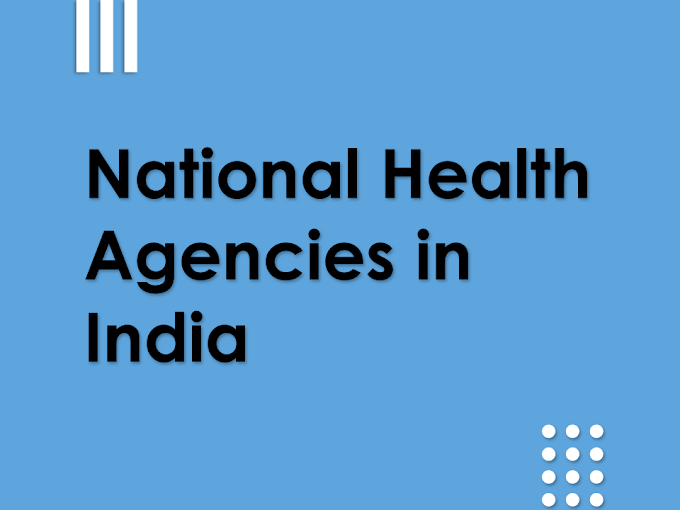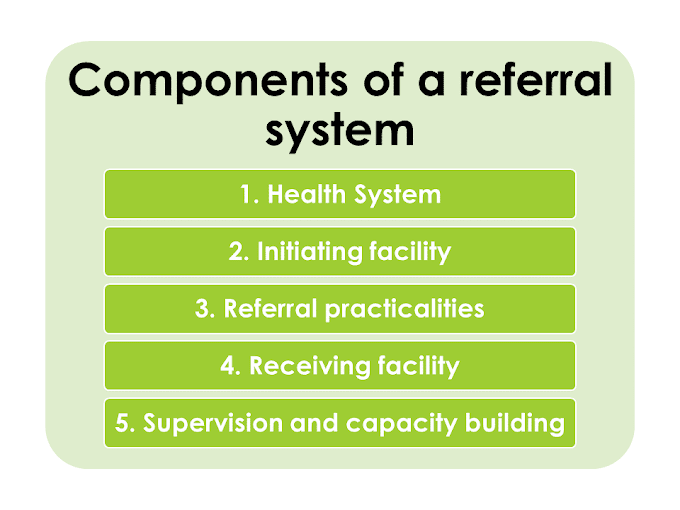- Preterm newborn born before 37 weeks of gestation. The primary concern relates to immaturity of all body systems in preterm newborn.
- Infant born after 42 weeks of gestation is called post term newborn.
- Hypoglycemia, parchment like skin without lanugo, long fingernails, profuse scalp hair, long and thin body, wasting of fat and muscle in extremities, meconium staining possibly present on nails and umbilical cord are the features of post term newborn.
- Newborn who is plotted at or below the 10th percentile on the intrauterine growth curve is called small for gestational age.
- Newborn who is plotted at or above 90th percentile on the intrauterine growth curve is called large for gestational age.
- Meconium aspiration syndrome is more common in term or post-term newborn.
- Fetal distress increases intestinal peristalsis, relaxing the anal sphincter and releasing meconium into the amniotic fluid.
- Newborn with severe meconium aspiration syndrome may benefit from extracorporeal membrane oxygenation.
- Transient tachypnoea of the newborn is a respiratory condition that results from incomplete evacuation of fetal lung fluid in full-term newborn. Usually disappears within 24 to 48 hours.
- Retinopathy of prematurity is a vascular disorder involving gradual replacement of retina by fibrous tissue and blood vessels.
- Retinopathy of prematurity is primarily caused by prematurity and use of supplemental oxygen (>30 days).
- Necrotizing enterocolitis is usually occurred 4 to 10 days after birth in a term newborn. It is acute inflammatory disease of the gastrointestinal tract.
- Increased abdominal girth, decreased or absent bowel sounds, bowel loop distention, vomiting, bile-stained emesis, abdominal tenderness, and occult blood in stool are the signs of necrotizing enterocolitis.
- Loose green stools and green urine are common in client with phototherapy.
- Bronze baby syndrome (grayish brown discoloration of the skin) is seen in phototherapy client.
- The causative organism of syphilis, treponema pallidum, a spirochete, is able to cross the placenta throughout pregnancy and infect the fetus, usually after 18 weeks gestation.
- Fetal alcohol syndrome is caused by maternal alcohol use during pregnancy.
- Short palpebral fissures, hypoplastic philtrum, short upturned nose, flat midface, thin upper lip, and low nasal bridge are facial changes seen in fetal alcohol syndrome newborn.
- Newborn born to HIV-positive clients may test positive because the mother antibodies may persist in the newborn for 18 months after the birth.
- All newborn born to HIV-positive mothers acquire maternal antibody to HIV infection, but not all acquire the infection.
- All HIV-exposed newborn should be treated with medication to prevent infection by Pneumocystis jiroveci.
- Normal blood glucose level is 40 to 60 mg/dL in a 1-day old newborn and 50 to 90 mg/dL in a newborn older than 1 day.
- Hypoglycemia is an abnormally low level of glucose in the blood (<40 mg/dL in the first 72 hours of life or <45 mg/dL after the first 3 days of life).
- Increased respiratory rate, twitching, nervousness, or tremors, unstable temperature, lethargy, apnea, seizures, and cyanosis are the signs of hypoglycemia in newborn.
- Neglect is the lack of providing services necessary for physical or mental health; includes failure to prevent injury.
- Objective data are the information about the client that is obtained by the examiner through the physical examination and reviewing the results of laboratory, radiological, or other diagnostic studies.
- Polypharmacy means taking multiple prescription and/or over-the-counter medications together.
- Subjective data are the information obtained from the client during history-taking. It is what the client says about himself or herself.
- Psychosocial development theory is given by Erikson.
- Erikson's theory of psychosocial development describes the human life cycle as a serious of eight ego developmental stages from birth to death.
- Cognitive development theory is given by Jean Piaget.
- Theory of moral development is given by Lawrence Kohlberg.
- Moral development is a complicated process involving the acceptance of the values and rules of society in a way that shapes behavior.
- Psychosexual development theory is given by Sigmund Freud
- Id, ego, and superego are the three systems of personality.
- The id operates according to the pleasure principle.
- The ego functions include reality testing and problem solving.
- Phallic stage is the stage of Oedipus complex.
- Protest, despair, and detachment are the three stages of separation anxiety.
- The newborn weight is doubled at 5 to 6 months and tripled at 12 months.
- At birth, head circumference is 33 to 35 cm.
- Chest circumference is less than 2 to 3 cm from head circumference in newborn.
- At age 1 year the head circumference and chest circumference are equal.
- At age 12 to 13 months baby start drinking from a cup.
- The toddler begins to use short sentences and has a vocabulary of about 300 words by age 2.
- Bowel control develops before bladder control in baby.
- In toddler the major socializing mechanism is parallel play.
- Vocabulary of child increases to about 900 words by age 3 and to 2100 words by age 5.
- By age 5 child speaks in longer sentences that contain all parts of speech.
- The play behavior of preschooler is cooperative.
- The play behavior of school age child is competitive.
- Growth is the increase in the size and mass of the body and organs due to multiplication, differentiation, and expansion of the cells and increase in intra cellular substance.
- Growth is quantitative parameter. Development is qualitative parameter.
- Development is the result of maturation and myelination of the nervous system.
- Growth and development are continuous and orderly process with individual difference and is unique in each child.
- Development progress by ‘general to specific rule’.
- Human growth proceeds from the head down to the tail, or in a cephalocaudal direction.
- Human growth proceeds from the centre, or midline, of the body to periphery, or in a proximodistal direction.
- Ovum is the period of 0 to 14 days.
- Embryo is the period of 14 days to 8 weeks.
- Fetus is the period of 8 weeks to birth.
- Normal weight of newborn is between 2.5 to 3.8 kg of Indian mother baby.
- There is about 10% weight loss is occurred in newborn after birth in first 7 days due to environmental adjustment.
- Newborn start to gain weight after 10th day by the rate of 25-30 gm per day for first 3 months, and 400 gm per month till one year of age.
- At birth average length of healthy newborn baby is 50 cm. (Between 45 cm to 55 cm)
- The length of child is double of the birth length at the age of 4 to 4.5 years of age.
- Length is more reliable criteria of gestational age then the weight.
- At 12 years of age the head circumference of child is at list adult size 52 cm.
- At birth the upper and lower body segment ratio is about 1.7:1. The upper and lower body segment ratio is measure from symphysis pubis.
- At 10 to 12 years the upper and lower body segment ratio of child is 1:1.
- At birth the mid upper arm circumference of newborn is about 11-12 cm.
- Fontanel is a space between the bones of the skull in an infant or fetus, where ossification is not complete and the sutures not fully formed.
- Sutures is a type of fibrous joint that is only found in the skull.
- Early closure of fontanel indicates; craniostenosis.
- Delayed closure of fontanel is occurred due to malnutrition, rickets, hydrocephalus, and cretinism.
- First teeth commonly the lower central incisors may appear in 6-7 months of age.
- Temporary/milk/ deciduous teeth are completed about 2.5 to 3 years of age.
- The total number of deciduous teeth is 20.
- Sometime the baby born with teeth is called natal teeth.
- In milk teeth premolar are absent.
- The first permanent teeth usually erupt at the age of 6 years.
- Nurse measure the circumference of the chest at the level of the nipple line and abdomen circumference at the level of umbilicus.
- Developmental mile stones are the set of functional skills or age specific tasks that most children can do at a certain age range.
- Shaking an infant cause close head injury known as shaken baby syndrome.
- Colostrum secretes first three days after delivery.
- Mammogenesis is the preparation of breast for lactation.
- Lactogenesis is the starting synthesis and secretion milk from the breast alveoli.
- Galactokinesis is the ejection of milk through breast.
- Galactopoiesis is the maintenance of lactation.
- Good attachment means baby mouth wide open, chin touches the breast and most of areola and nipple in the mouth or baby lower lip is everted.
- Oxytocin is milk ejection reflex/let down reflex hormone.
- Prolactin is lactation hormone.
- Metoclopramide and sulpuride drugs are prescribed to milk production.
- Bromocriptine drug prescribed for suppress milk production
- Expressed breast milk can be stored at room temperature for 6-8 hours, in a refrigerator for 24 hours, and a freezer at -20° C for 3 months.
- Breast feeding initiate early as soon as possible after birth of baby normally within half to one hour.
- Mother need extra 500 calories per day during breast feeding.
- No pre-lacteals are given to the infant for example honey, water etc.
- For prevention of breast engorgement, the mother feed her baby at frequent intervals.
- Breast feeding is given to the need and desire of the baby not on the desire of mother.
For more reading nursing bullets click on following links:
1. 280 Nursing Bullets of Pediatric Nursing
2. 100 Nursing Bullets of Maternity Nursing
3. 110 Nursing Bullets of Maternity Nursing
4. 100 Nursing Bullets of Fundamentals of Nursing
5. 200 Nursing Bullets of Medical Surgical Nursing





0 Comments